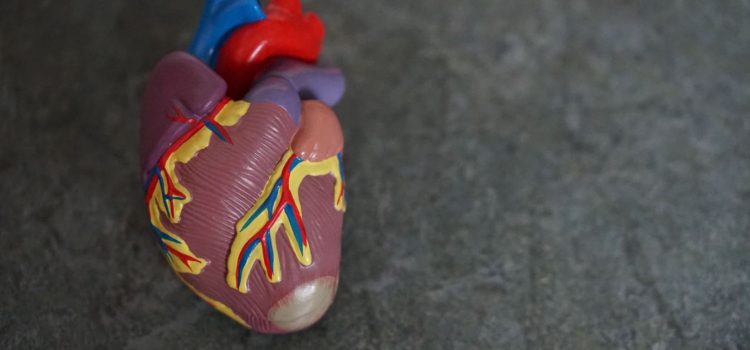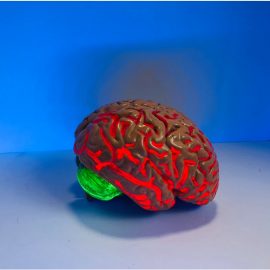

This article is an excerpt from the Shortform book guide to "Life Force" by Tony Robbins, Peter H. Diamandis, and Robert Hariri. Shortform has the world's best summaries and analyses of books you should be reading.
Like this article? Sign up for a free trial here.
Could lab-grown organs solve the transplant crisis? What are the main challenges involved in growing organs for transplants?
The demand for organs far outstrips the available supply. As a result, thousands of people die every year because their organs failed before they reached their turn on the waiting list. However, this may soon be over as scientists are making strides in their ability to grow organs and transplant them with little chance of rejection.
Keep reading to learn about the exciting advances in transplant organ growth.
Growing Human Organs
Lab-grown organs can become mainstream medicine sooner than we thought. A company called United Therapeutics is working toward the ability to grow and 3D-print organs for transplantation. They note that there are over 100,000 people in America currently waiting for an organ transplant and that most of them will never get one. Scientists are currently working on using pigs—a species whose organs happen to be of similar size and shape to humans’—to replicate organs for humans, and they’re using CRISPR gene editing technology to edit the organs’ genes so that they will not be rejected if transplanted into a human host.
(Shortform note: United Therapeutics received FDA approval to use their genetically altered pigs for potential therapeutic purposes in 2020. In 2021, they achieved the first successful transplant of a genetically altered pig’s heart into a human without the heart being immediately rejected by the host. While some experts doubt pig organs will ever be as effective as human organs, they suggest that the greater availability of organs will at least make it easier to get on organ transplant lists, which are currently reserved for people with the highest likelihood of recovery.)
However, since organs can still be rejected long after transplantation—resulting in recipients having to take immunosuppressants for the rest of their lives—the company is also working on growing organs for transplants from scratch from a patient’s own cells so there would be no risk of rejection and no need for immunosuppressants.
(Shortform note: Organ transplant rejection occurs because the body recognizes foreign antigens—proteins present in toxic substances—and triggers the immune system to fight them. Doctors already have to take measures to mitigate the risk of organ transplant rejection, including matching patients with donors whose tissues are as similar to the recipient’s as possible. No two people’s tissues will match perfectly except in identical twins. While all organ recipients experience some degree of transplant rejection, immunosuppressants can keep the rejection from becoming so severe that the organ fails or has to be removed.)

———End of Preview———
Like what you just read? Read the rest of the world's best book summary and analysis of Tony Robbins, Peter H. Diamandis, and Robert Hariri's "Life Force" at Shortform.
Here's what you'll find in our full Life Force summary:
- How new technology may dramatically expand the human lifespan
- Lifestyle changes you can make now to increase your lifespan
- Whether or not it's possible for humans to become immortal






